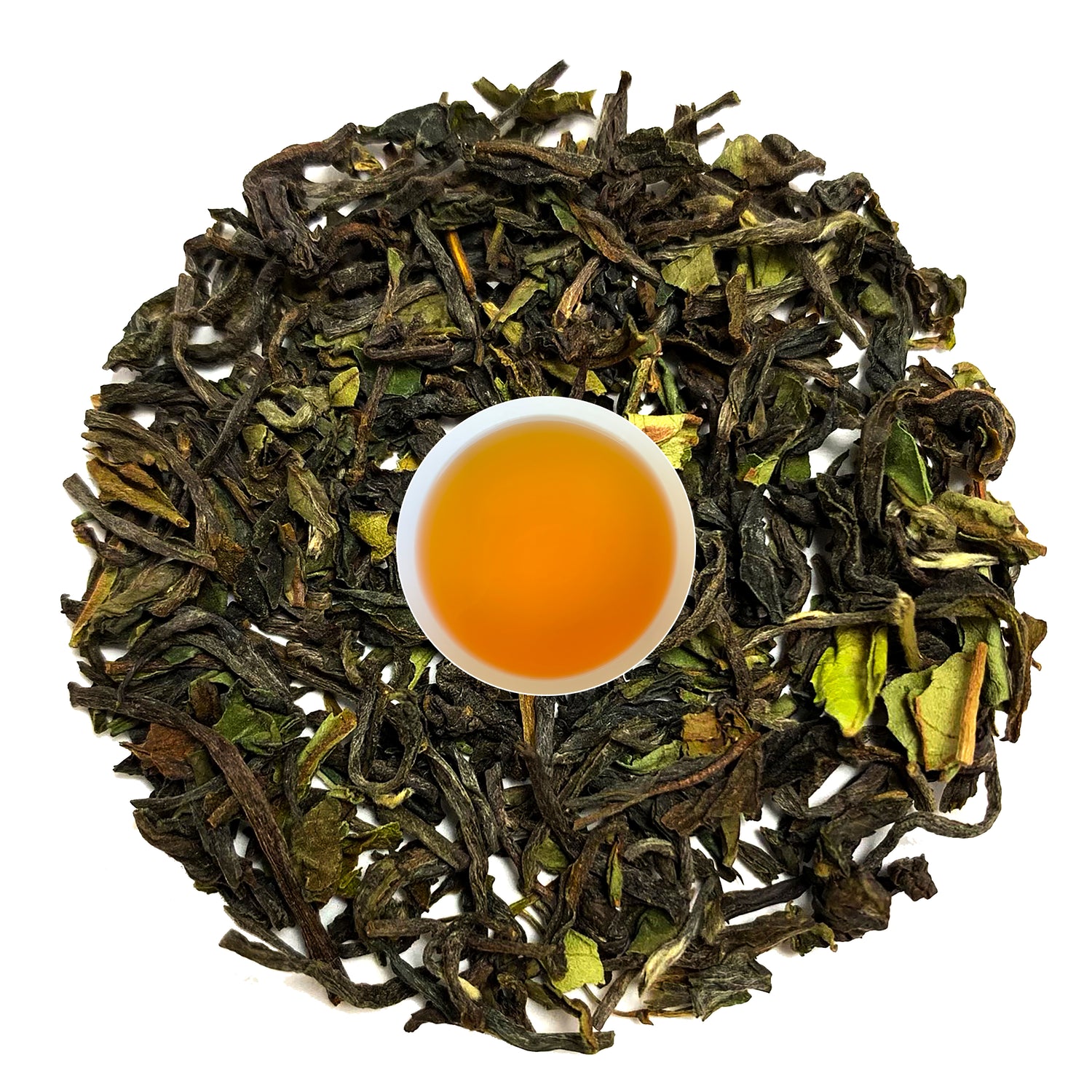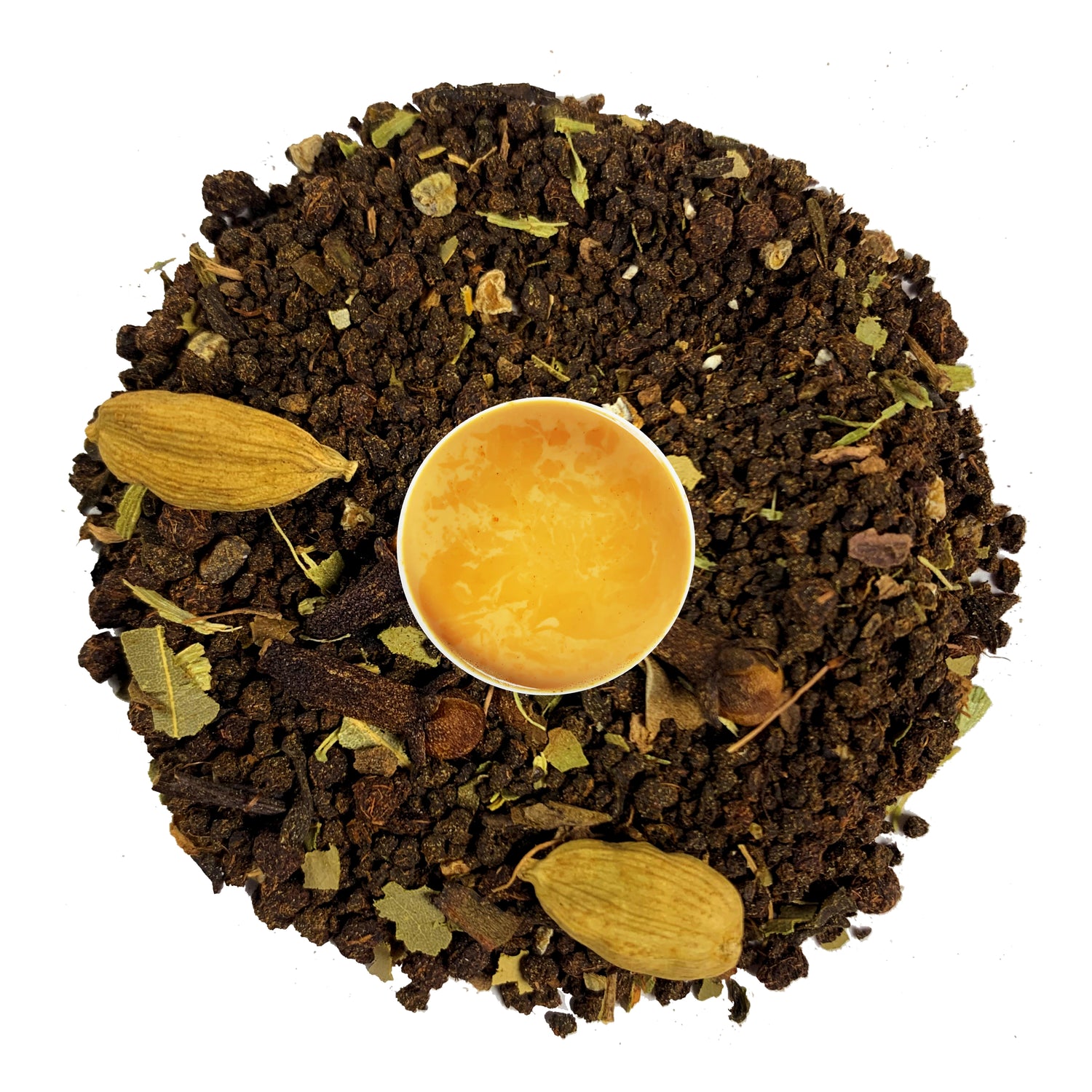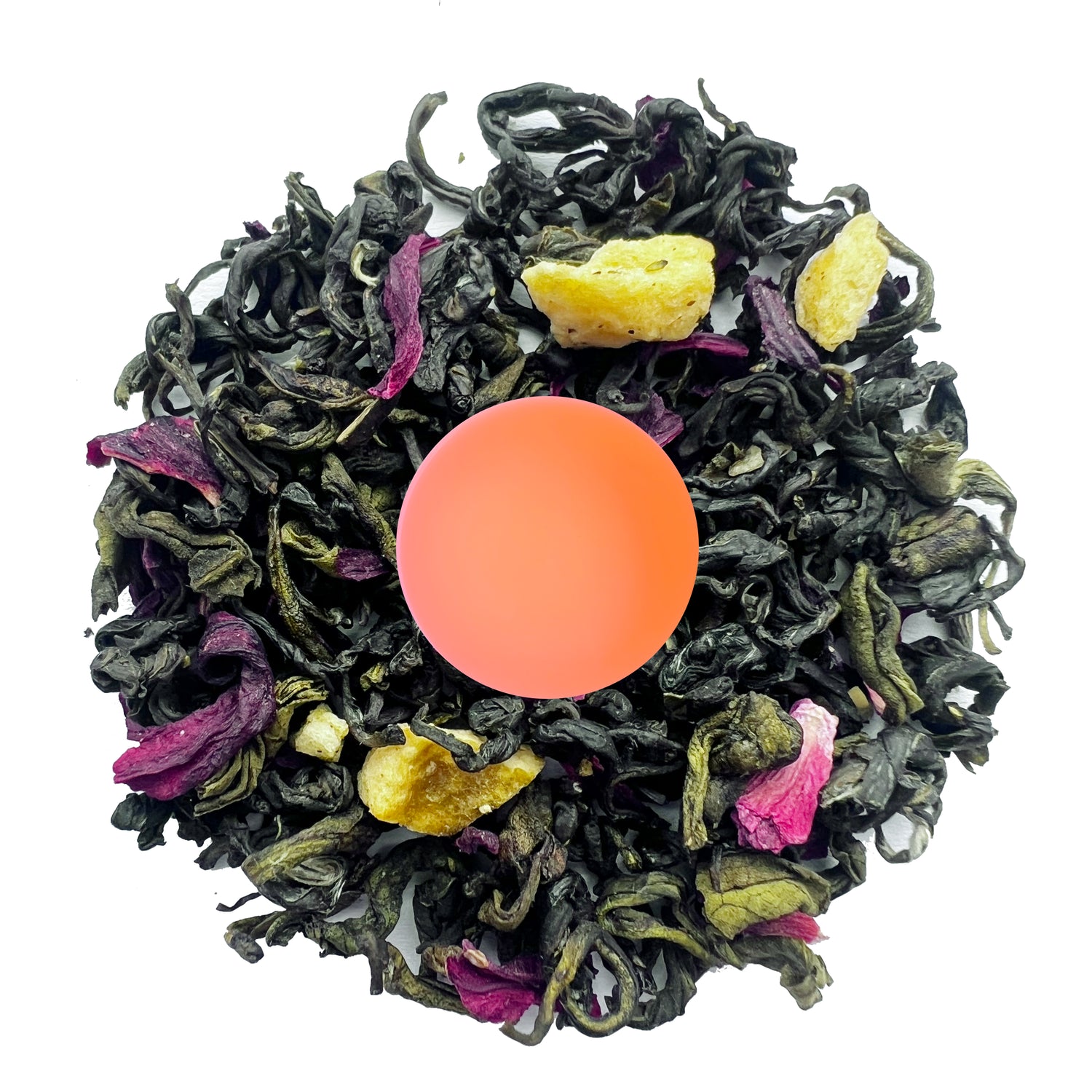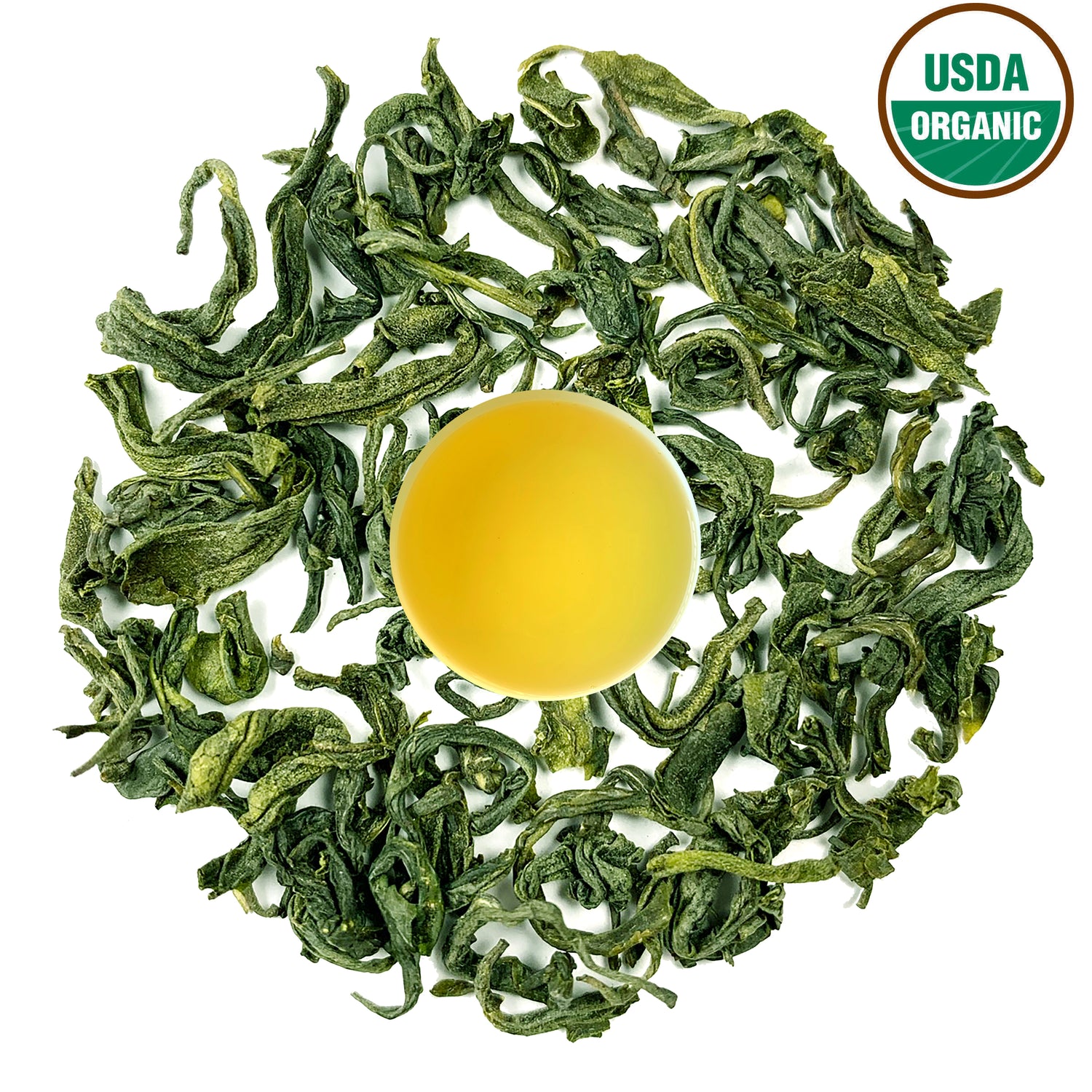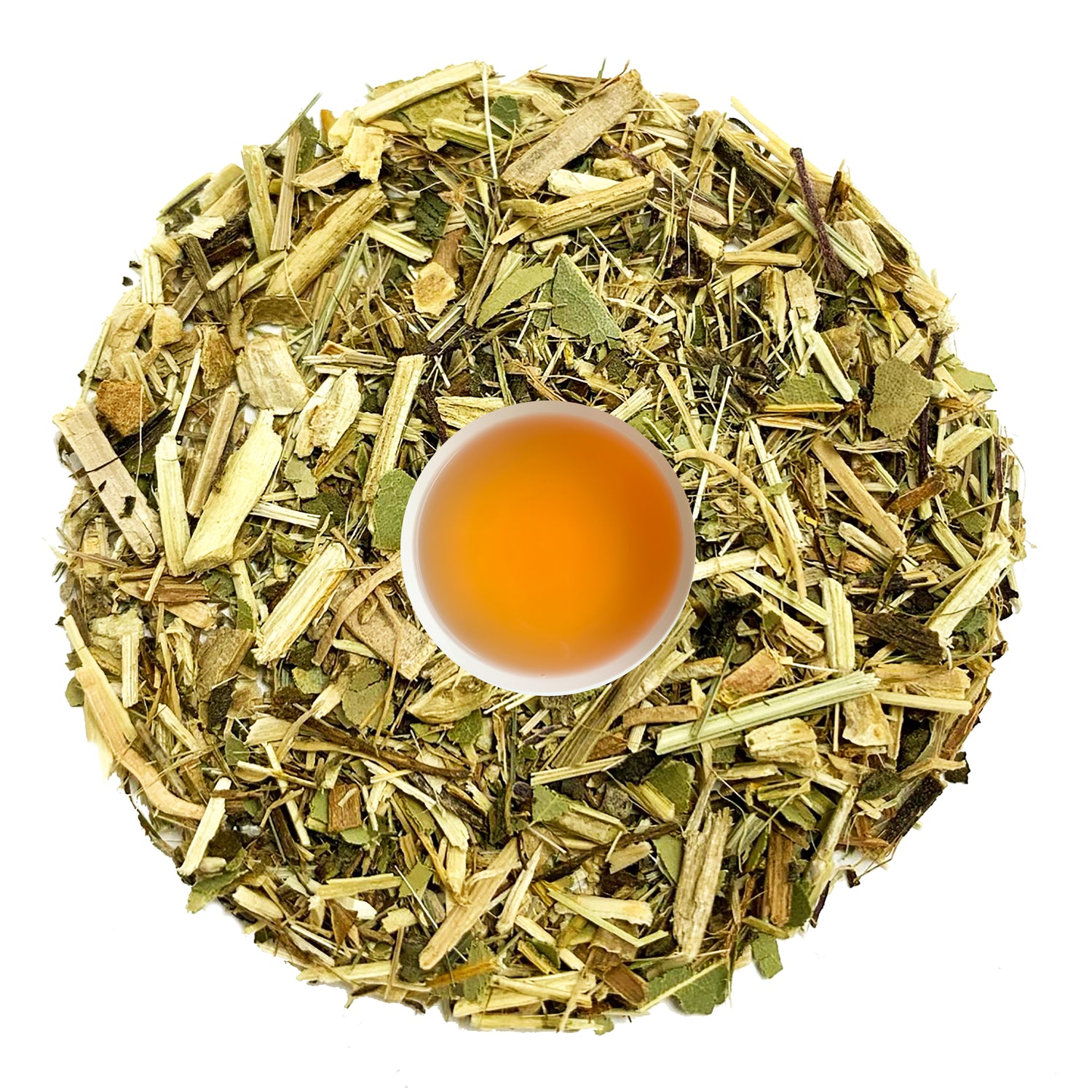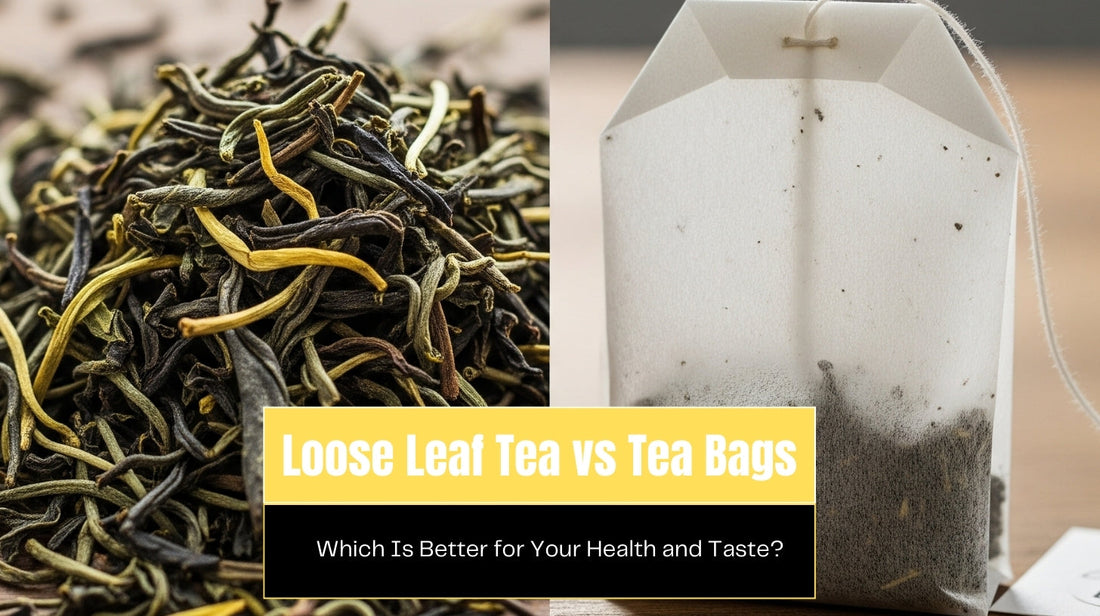
Loose Leaf Tea vs Tea Bags: Which Is Better for Your Health and Taste?
Why This Debate Matters
Tea is more than a drink, it's a ritual. But every tea drinker eventually faces the big question: tea bags or loose leaves?
Tea bags are convenient, sure. But loose leaf offers better flavor, higher quality, and more health benefits. Understanding the difference can completely transform your tea experience.

What’s the Difference?
- Loose Leaf Tea - Whole or large pieces of tea leaves, carefully processed to preserve oils, flavor, and antioxidants.
- Tea Bags - Usually made with smaller leaf fragments (called “dust” or “fannings”), often sacrificing flavor and nutritional quality for convenience.
| Tips for Sweetening and Flavoring Loose Tea: Make Every Cup Delicious |
Loose Leaf Tea: The Gold Standard
Here’s why tea enthusiasts swear by loose leaf:
- Superior Flavor - Larger leaves = more essential oils and richer taste.
- More Antioxidants - Whole leaves retain catechins, polyphenols, and other health-boosting compounds.
- Customizable Strength - Add more leaves for a stronger brew, or re-steep multiple times.
- Eco-Friendly - No disposable tea bags, less packaging waste.
-
Luxury Feel - Brewing loose leaves is a calming ritual, not just a quick fix.
Try: 11° Mt. Pumori Best Green Tea - a certified organic loose-leaf green tea packed with antioxidants.
Tea Bags: The Convenience Factor
We won’t completely bash tea bags they have their place:
- Quick & Easy - Perfect when you’re in a rush.
- Travel-Friendly - No strainer needed, just hot water.
-
Consistent Flavor - Each bag delivers roughly the same taste.
But here’s the trade-off: many tea bags use smaller fragments, meaning the tea can taste flat or bitter compared to loose leaves. Some bags even contain microplastics—something to think about if health is your priority.
Flavor Showdown: Loose Leaf vs Tea Bags
- Loose Leaf: Full-bodied, layered flavors that evolve with each sip.
-
ea Bags: Often one-dimensional, lacking depth.
For example:
- Brew Nepal Jasmine Green Tea loose leaf, and you’ll taste smooth floral notes.
-
Brew a generic jasmine tea bag, and you might just get “floral-ish hot water.”
Health Benefits: Which Is Better?
- Loose Leaf - Higher in antioxidants (catechins, polyphenols), better for metabolism, skin, and heart health.
-
Tea Bags - Still contain antioxidants, but usually less due to smaller, more processed leaves.
If your goal is wellness or weight management, loose leaf is the clear winner.
Try: 18° Hibiscus Green Tea for a vitamin C boost, or 62° Lemongrass Tea for digestion and detox.
Brewing: Ritual vs Speed
- Loose Leaf Brewing: Measure → Steep → Strain → Sip. It takes a little longer, but the result is worth it.
-
Tea Bags: Just drop in water. Fast and convenient.
Think of it like cooking: loose leaf is a home-cooked meal, while tea bags are instant noodles. Both fill you up, but one clearly brings more joy.
Cost Comparison: Is Loose Leaf Really Expensive?
Not necessarily! Loose leaf tea might seem pricier upfront, but you can re-steep the same leaves multiple times. A $12 bag of loose leaf can stretch into dozens of cups—often more economical than single-use tea bags.
When to Use Each
- Loose Leaf - At home, during relaxation, when you want premium flavor and wellness benefits.
-
Tea Bags - At the office, when traveling, or when you just need a quick caffeine fix.
Best Loose-Leaf Teas to Try from DanfeTea.com
If you’re ready to upgrade, here are some top picks:
- 11° Mt. Pumori Best Green Tea - Pure, organic, and antioxidant-rich.
- 101° Peach Green Tea - Fruity and refreshing, great hot or iced.
- Nepal Jasmine Green Tea - Smooth, floral, and elegant.
- 18° Hibiscus Green Tea - Tangy, vibrant, and immune-boosting.
- 62° Lemongrass Tea - Herbal and caffeine-free, perfect for evenings.
-
14° Mt. Pumori Organic Black Tea - Bold, malty flavor for black tea lovers.
Ready to upgrade from ordinary tea bags? Explore premium loose-leaf teas at DanfeTea.com. Taste the difference your taste buds will thank you.
FAQs
Q1: Is loose leaf tea healthier than tea bags?
Yes, loose leaves retain more antioxidants and nutrients compared to processed tea bag fragments.
Q2: Can I reuse loose leaf tea?
Definitely! Many teas (like Mt. Pumori Best Green Tea) can be steeped 2–3 times, each revealing new flavors.
Q3: Are tea bags bad for the environment?
Some are compostable, but many contain plastics. Loose leaf is generally more eco-friendly.
Q4: Does loose leaf tea taste better?
Yes! Larger leaves = more flavor complexity.
Q5: Which is cheaper in the long run?
Loose leaf, since you can re-steep leaves multiple times.
Conclusion: Choose Quality, Choose Ritual
While tea bags win on convenience, loose leaf tea wins on flavor, health, and sustainability. If you’re serious about tea or simply want a more enjoyable daily ritual, loose leaf is the way to go.
And when you choose from DanfeTea.com, you’re not just buying tea, you're investing in authentic Himalayan quality that elevates every cup.


